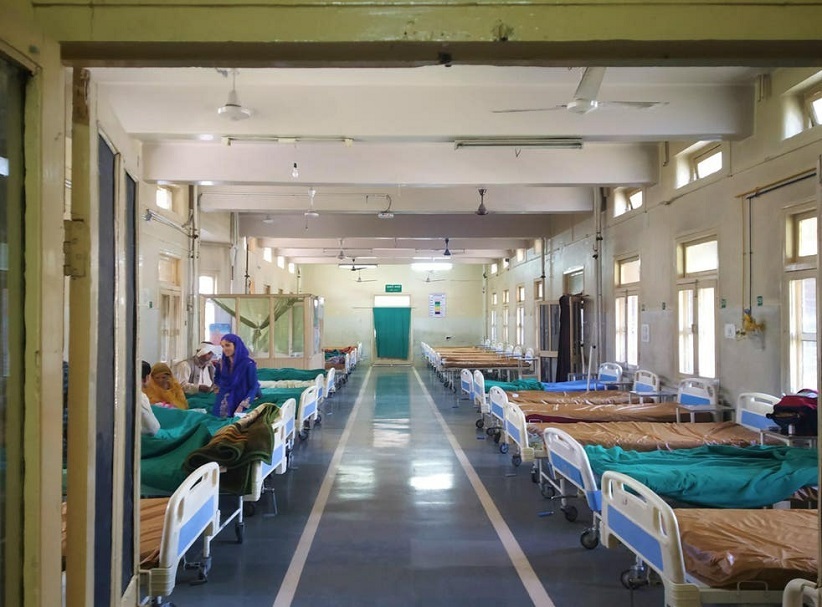
By Khalid Mustafa
JAMMU and Kashmir is almost always in the news for one reason or another. Apart from the obvious political headlines, J&K was also in the news because of covid-19. As the world struggled with covid-19 pandemic, J&K faced a peculiar situation due to its poor health infrastructure. Nonetheless, all sections of society did a commendable job in keeping covid under control and preventing the loss of life as much as possible. The doctors Association in Kashmir along with the administration did as much as possible through their efforts. For that we are all thankful to them. However, it is about time that we integrate our Healthcare System by upgrading it and introducing to it new technologies from the current world.
We’ve all heard of the Internet of Things, a network of products ranging from refrigerators to cars to industrial control systems that are connected to the internet. Internet of Bodies (IoB) the outcome of the Internet of Things (IoT) is broadly helping the healthcare system and every individual to live life with ease by managing the human body in terms of technology. The Internet of Bodies connects the human body to a network of internet run devices.
The use of IoB can be independent or by the health care heroes (doctors) to monitor, report and enhance the health system of the human body. The internet of Bodies (IoB) are broadly classified into three categories or in some cases we can say three generations – Body Internal, Body External and Body embedded. The Body Internal model of IoB is the category, in which the individual or patient is interacting with the technology environment or we can say internet or our healthcare system by having an installed device inside the human body. Body External model or generation of IoB signifies the model where the device is installed external to the body for certain usage viz. Apple watches and other smart bands from various OEM’s for tracking blood pressure, heart rate etc which can later be used for proper health tracking and monitoring purposes. Last one under this classifications are Body Embedded, in which the devices are embedded under the skin by health care professionals during a number of health situations.
The Internet of Bodies is a small part or even the offspring of the Internet of Things. Much like it, there remains the challenge of data and information breach as we have already witnessed many excessive distributed denial of service (DDos) attacks and other cyber-attacks on IoTs to exploit data and gather information. The effects are even more severe and vulnerable in the case of the Internet of Bodies as the human body is involved in this schema.
The risk of these threats has taken over the discussion about the IOBs. Thus, this has become a great concern in medical technology companies. Most of the existing IoB companies just rely on end-user license agreements and privacy policies to retain rights in software and to create rights to monitor, aggregate and share users’ body data. They just need to properly enhance the security model and implement high security measures to avoid any misfortune. For the same the Government of India is already examining the personal data protection bill 2019.
The Internet has not managed to change our lifestyles in the way the internet of things will!
Views expressed in the article are the author’s own and do not necessarily represent the editorial stance of Kashmir Observer
- The author is presently Manager IT & Ops In HK Group
Follow this link to join our WhatsApp group: Join Now
Be Part of Quality Journalism |
Quality journalism takes a lot of time, money and hard work to produce and despite all the hardships we still do it. Our reporters and editors are working overtime in Kashmir and beyond to cover what you care about, break big stories, and expose injustices that can change lives. Today more people are reading Kashmir Observer than ever, but only a handful are paying while advertising revenues are falling fast. |
| ACT NOW |
| MONTHLY | Rs 100 | |
| YEARLY | Rs 1000 | |
| LIFETIME | Rs 10000 | |










